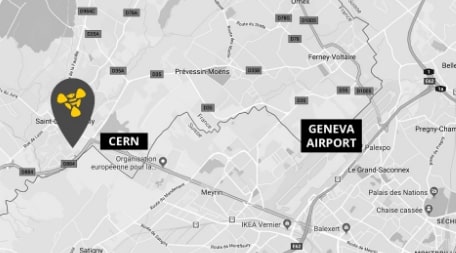Thermal infrared people counting: benefits and how it works
Business benefits
Improve space use
With accurate occupancy data, businesses can optimize office layouts to better reflect actual usage patterns. This can lead to reduced overhead costs associated with underutilized space.
Reduce energy costs
Thermal people counting devices can be integrated with building management systems to automatically adjust lighting and HVAC based on real-time occupancy. This can lead to significant energy savings.
Enhance security
These devices can be used to monitor for unauthorized access after-hours. They can also be used to track crowd density in real-time, which can be helpful for managing queues and ensuring safety.
Streamline operations
In retail stores, thermal counting devices can provide valuable insights into customer traffic patterns. This data can be used to optimize staffing levels, product placement, and marketing campaigns.

How does thermal sensing work?
Infrared thermal people counting devices use passive infrared (PIR) technology to detect heat signatures emitted by human bodies. These devices are essentially motion detectors that are sensitive to infrared radiation. When a person enters or exits the sensor’s field of view, the change in temperature is registered, triggering a count.
Thermal people counting devices are completely anonymous. They do not capture any visual information, only heat signatures. This makes them a privacy-compliant solution.These devices are very accurate, with counting accuracy exceeding 95% in most cases. They are also relatively inexpensive and easy to install.
Passive infrared (PIR) people counters use heat, not light, to detect people. Here’s a detailed breakdown of how they work:
Heat detection
These sensors have a special lens that focuses infrared radiation, which is heat in the form of light waves invisible to the human eye.
Sensing zones
The sensor can monitor designated spaces that are divided into multiple zones. When a person walks through the monitored area, their body heat disrupts the infrared radiation pattern in one or more zones.
Motion detection
The sensor constantly monitors these zones for changes in radiation. If a zone experiences a sudden increase in radiation (from a warm body entering), the sensor triggers a signal.
Counting people
By analyzing the sequence of triggered zones (e.g., one zone after another as someone walks through), the system can distinguish between a single person entering and other moving objects like pets or air currents. Humans emit a larger and more consistent heat signature compared to smaller objects, which can be filtered out.

Introducing Terabee People Occupancy Counting device
Available in PoE and LoRa versions, the People Occupancy Counting offers a powerful combination of ease-of-installation, robustness, and versatility, whether a tidy, streamlined wired solution or a flexible and far-reaching wireless one is needed.
The People Occupancy Counting system provides customizable HTTP/MQTT protocols for direct real-time data communication and live device management. With LoRaWAN connectivity, it ensures data transmission and device operations in complex environments using our uplink commands
Key product features
- Large floor coverage (i.e. 64 m2 coverage from 2.4 m installation height)
- Multiple regions of interest (up to 8) to monitor/exclude specific areas
- GDPR compliance by design, unlike RGB cameras
- High human recognition rate via thermal signatures, reaching 98%+ accuracy
- Platform agnostic, send data to any third-party server. No recurring fee
- Direct analog output signal (0-10 V) proportional to room occupancy
- No battery ensures less maintenance, improved reliability and more uptime
- Low-light and full darkness operation
- Passive sensing = low power consumption, less interference
Talk to our experienced team about your people occupancy counting needs, by simply outlining your application and any specific needs










